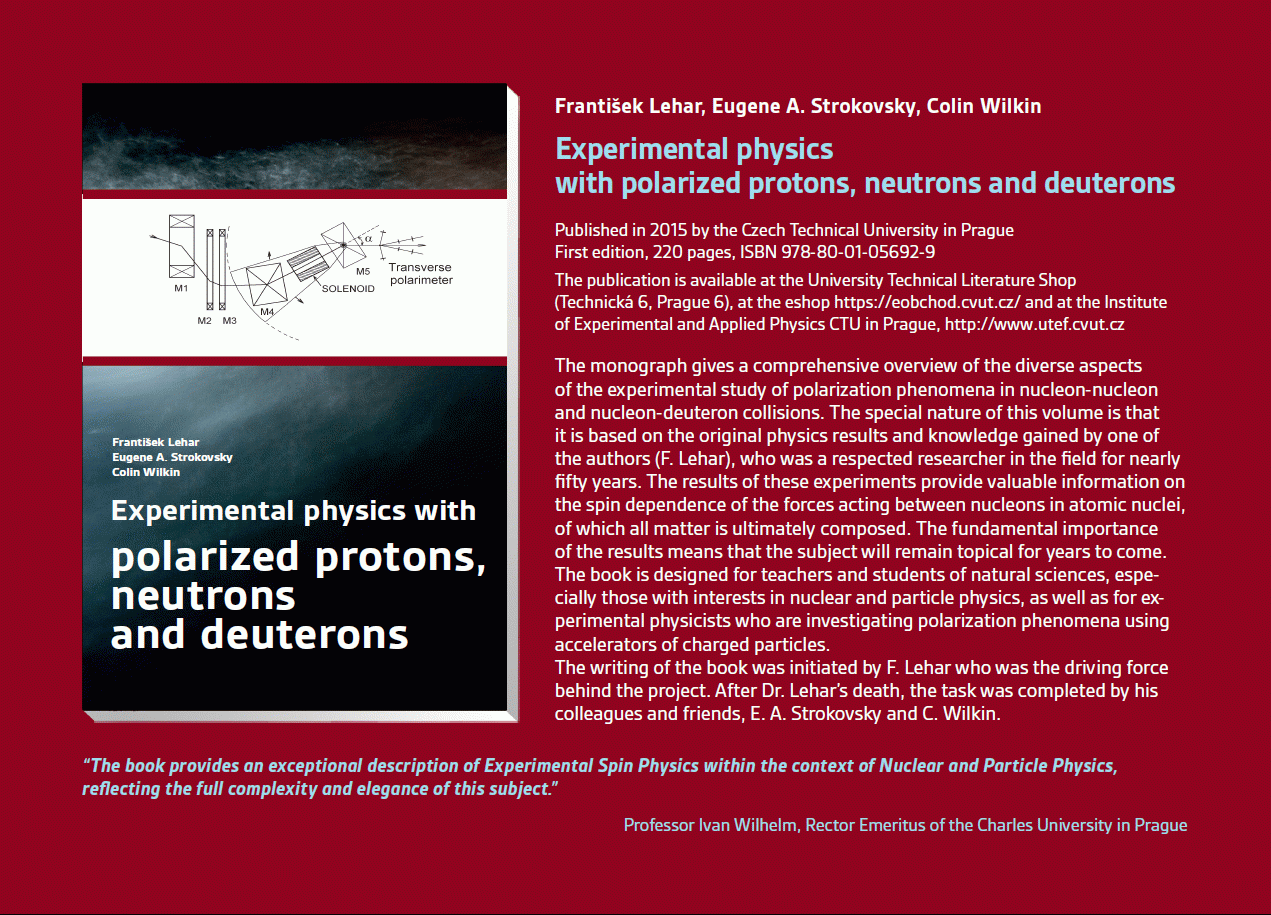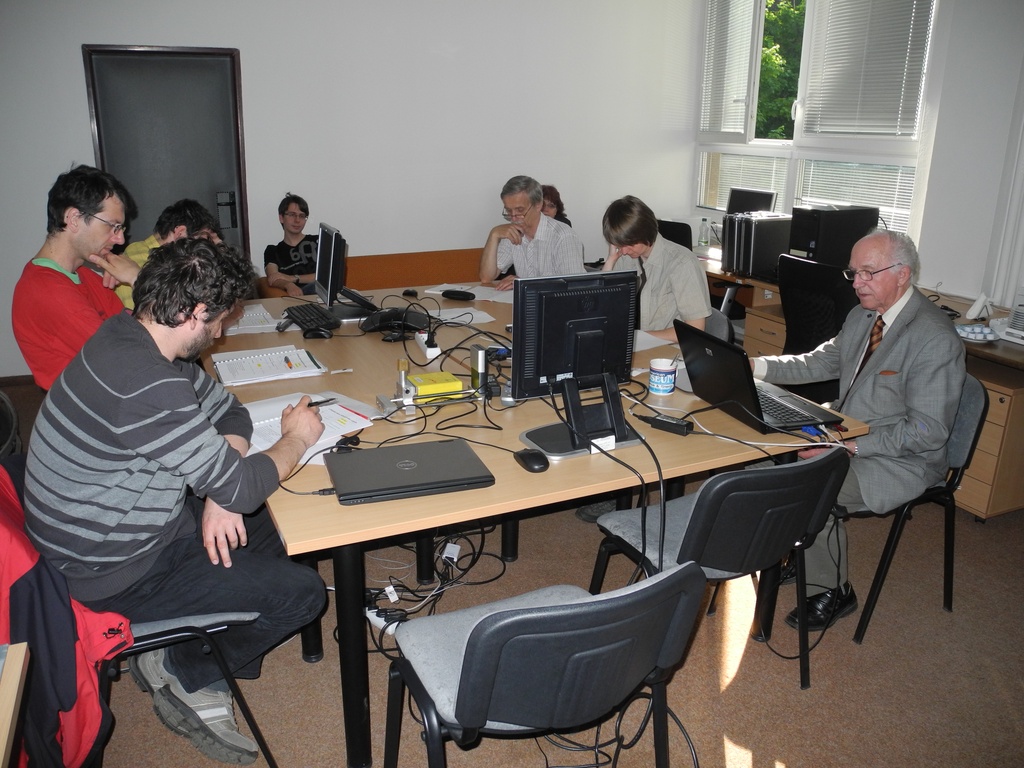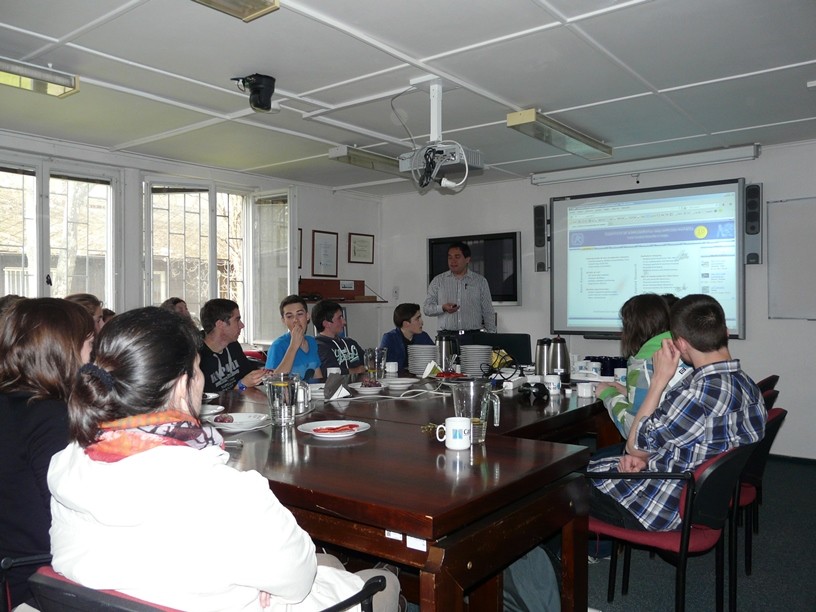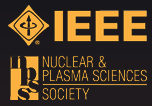Publikace
> Články v impaktovaných časopisech
> 'Semiconductor Pixel Detectors and their Applications in Life Sciences'
Semiconductor Pixel Detectors and their Applications in Life Sciences
Autor
Rok
2009
Časopis
2009 JINST 4 P03013 doi:10.1088/1748-0221/4/03/P03013
Web
Obsah
Recent advances in semiconductor technology allow construction of highly efficient and low noise pixel detectors of ionizing radiation. Steadily improving quality of front end electronics enables fast digital signal processing in each pixel which offers recording of more complete information about each detected quantum (energy, time, number of particles). All these features improve an extend applicability of pixel technology in different fields. Some applications of this technology especially for imaging in life sciences will be shown (energy and phase sensitive X-ray radiography and tomography, radiography with heavy charged particles, neutron radiography, etc). On the other hand a number of obstacles can limit the detector performance if not handled. The pixel detector is in fact an array of individual detectors (pixels), each of them has its own efficiency, energy calibration and also noise. The common effort is to make all these parameters uniform for all pixels. However an ideal uniformity can be never reached. Moreover, it is often seen that the signal in one pixel can affect the neighbouring pixels due to various reasons (charge sharing, crosstalk). All such effects have to be taken into account during data processing to avoid false data interpretation. A brief view into the future of pixel detectors and their applications including also spectroscopy, tracking and dosimetry is given too. Special attention is paid to the problem of detector segmentation in context of the charge sharing effect.
Granty
Projekty
Medipix
Zobrazování pomocí rentgenových fluorescencí
Rentgenová absorpční a fázová radiografie a tomografie
Neutronová radiografie
Trasování s pixelovými detektory Medipix
Radiografie s těžkými nabitými částicemi
Polohově citlivá detekce ultra chladných neutronů
Zobrazování pomocí rentgenových fluorescencí
Rentgenová absorpční a fázová radiografie a tomografie
Neutronová radiografie
Trasování s pixelovými detektory Medipix
Radiografie s těžkými nabitými částicemi
Polohově citlivá detekce ultra chladných neutronů
Ocenění
Pixel 2008 - Invited talk
Příklad citace článku:
J. Jakůbek, "Semiconductor Pixel Detectors and their Applications in Life Sciences", 2009 JINST 4 P03013 doi:10.1088/1748-0221/4/03/P03013 (2009)
Hledat
Události
21.-22. 11. 2014
Seattle, USA
8-15 Nov 2014
Surrey, Velká Británie
8. září 2014
9. září 2014
24. 4. 2014
3. 4. 2014
Seoul, Korea
27 Oct - 2 Nov 2013
Paris
23-27 June 2013
Anaheim, USA
29 Oct - 3 Nov 2012






 Experimental physics
with polarized protons, neutrons and deuterons
Experimental physics
with polarized protons, neutrons and deuterons Progresivní detekční metody ve výuce subatomové a částicové fyziky
na ZŠ a SŠ
Progresivní detekční metody ve výuce subatomové a částicové fyziky
na ZŠ a SŠ NSS MIC IEEE Conference
NSS MIC IEEE Conference Konference SEPnet, CERN@school
Konference SEPnet, CERN@school Lovci záhad - spolupráce ČT a ÚTEF
Lovci záhad - spolupráce ČT a ÚTEF Progresivní detekční metody ve výuce subatomové a částicové fyziky na ZŠ a SŠ
Progresivní detekční metody ve výuce subatomové a částicové fyziky na ZŠ a SŠ Návštěva v rámci projektu „Listening to the universe by detection cosmic rays“
Návštěva v rámci projektu „Listening to the universe by detection cosmic rays“ NSS MIC IEEE Conference
NSS MIC IEEE Conference 15thIWORID
15thIWORID NSS MIC IEEE Conference
NSS MIC IEEE Conference